Hyundai i20 vs Nissan Qashqai – Which car suits you better?
Both models have their strengths – but which one suits you more?
Compare performance, efficiency, price and space directly: Hyundai i20 or Nissan Qashqai?
Costs and Efficiency:
Price and efficiency are key factors when choosing a car – and this is often where the real differences emerge.
Hyundai i20 has a decisively advantage in terms of price – it starts at 17400 £, while the Nissan Qashqai costs 29400 £. That’s a price difference of around 11991 £.
Fuel consumption also shows a difference: Nissan Qashqai manages with 5.10 L and is therefore slight more efficient than the Hyundai i20 with 5.20 L. The difference is about 0.10 L per 100 km.
Engine and Performance:
Power, torque and acceleration are the classic benchmarks for car enthusiasts – and here, some clear differences start to show.
When it comes to engine power, the Nissan Qashqai has a significantly edge – offering 190 HP compared to 100 HP. That’s roughly 90 HP more horsepower.
In acceleration from 0 to 100 km/h, the Nissan Qashqai is significantly quicker – completing the sprint in 7.90 s, while the Hyundai i20 takes 11.10 s. That’s about 3.20 s faster.
In terms of top speed, the Nissan Qashqai performs to a small extent better – reaching 206 km/h, while the Hyundai i20 tops out at 183 km/h. The difference is around 23 km/h.
There’s also a difference in torque: Nissan Qashqai pulls noticeable stronger with 330 Nm compared to 200 Nm. That’s about 130 Nm difference.
Space and Everyday Use:
Whether family car or daily driver – which one offers more room, flexibility and comfort?
Both vehicles offer seating for 5 people.
In curb weight, Hyundai i20 is clearly perceptible lighter – 1088 kg compared to 1420 kg. The difference is around 332 kg.
In terms of boot space, the Nissan Qashqai offers noticeable more room – 504 L compared to 352 L. That’s a difference of about 152 L.
In maximum load capacity, the Nissan Qashqai performs a bit better – up to 1447 L, which is about 282 L more than the Hyundai i20.
When it comes to payload, Nissan Qashqai barely noticeable takes the win – 520 kg compared to 472 kg. That’s a difference of about 48 kg.
Who comes out on top?
Overall, the Nissan Qashqai shows itself to be leaves the rival little chance and secures the title of DriveDuel Champion.
It convinces with the more balanced overall package and proves to be the more versatile choice for everyday use.
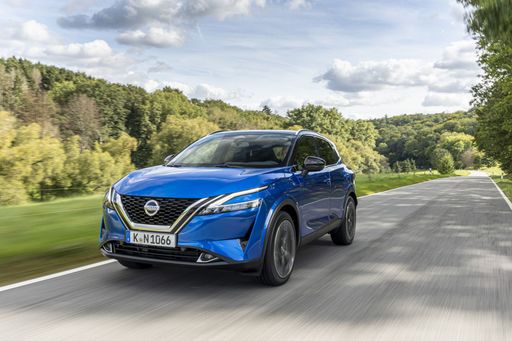
Nissan Qashqai
Hyundai i20
The Hyundai i20 impresses with its sleek design and modern aesthetics, making it a stylish choice in the compact car segment. Its interior is thoughtfully designed, offering comfort and advanced technology for a pleasurable driving experience. The vehicle also stands out with its efficient performance and agile handling, making city driving a breeze.
details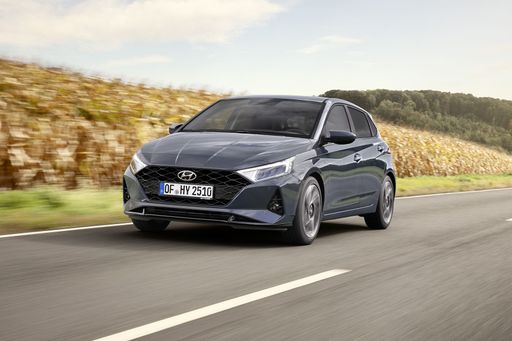 @ hyundai.news
@ hyundai.news
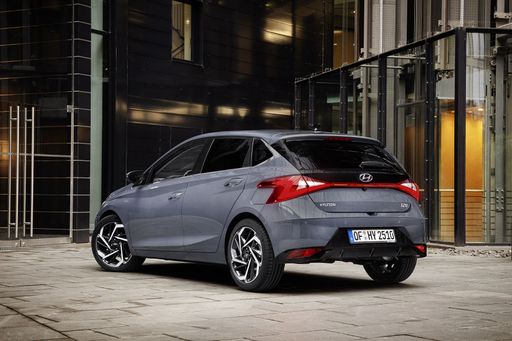 @ hyundai.news
@ hyundai.news
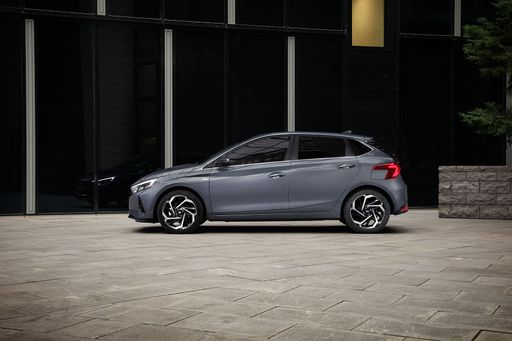 @ hyundai.news
@ hyundai.news
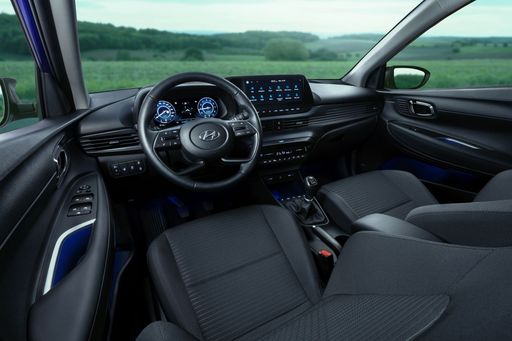 @ hyundai.news
@ hyundai.news
 @ hyundai.news
@ hyundai.news
Nissan Qashqai
The Nissan Qashqai stands out in the compact SUV market with its sleek design and versatile features. Its smooth ride and refined interior make it a popular choice for both city driving and weekend adventures. Advanced safety technologies and user-friendly infotainment add to its appeal, ensuring a comfortable and secure driving experience for all passengers.
details @ Nissan
@ Nissan
 @ Nissan
@ Nissan
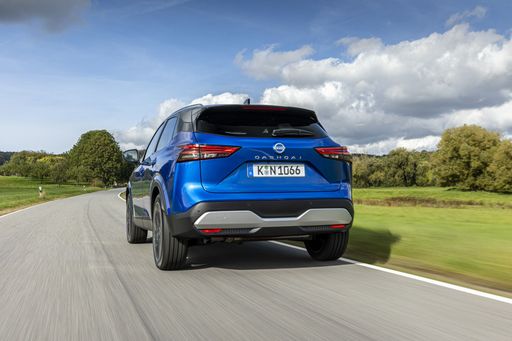 @ Nissan
@ Nissan
 @ Nissan
@ Nissan
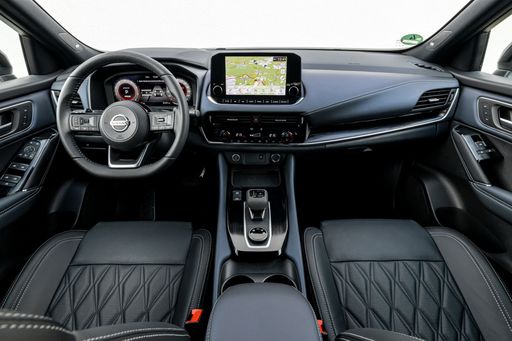 @ Nissan
@ Nissan

|

|
|
|
|
Costs and Consumption |
|
|---|---|
|
Price
17400 - 24000 £
|
Price
29400 - 42500 £
|
|
Consumption L/100km
5.2 - 5.3 L
|
Consumption L/100km
5.1 - 6.8 L
|
|
Consumption kWh/100km
-
|
Consumption kWh/100km
-
|
|
Electric Range
-
|
Electric Range
-
|
|
Battery Capacity
-
|
Battery Capacity
-
|
|
co2
119 - 121 g/km
|
co2
116 - 154 g/km
|
|
Fuel tank capacity
40 L
|
Fuel tank capacity
55 L
|
Dimensions and Body |
|
|---|---|
|
Body Type
Hatchback
|
Body Type
SUV
|
|
Seats
5
|
Seats
5
|
|
Doors
5
|
Doors
5
|
|
Curb weight
1088 - 1190 kg
|
Curb weight
1420 - 1665 kg
|
|
Trunk capacity
352 L
|
Trunk capacity
479 - 504 L
|
|
Length
4065 - 4075 mm
|
Length
4425 mm
|
|
Width
1775 mm
|
Width
1835 mm
|
|
Height
1450 - 1455 mm
|
Height
1625 mm
|
|
Max trunk capacity
1165 L
|
Max trunk capacity
1422 - 1447 L
|
|
Payload
450 - 472 kg
|
Payload
466 - 520 kg
|
Engine and Performance |
|
|---|---|
|
Engine Type
Petrol
|
Engine Type
Petrol MHEV, Full Hybrid
|
|
Transmission
Automatic, Manuel
|
Transmission
Manuel, Automatic
|
|
Transmission Detail
Dual-Clutch Automatic, Manual Gearbox
|
Transmission Detail
Manual Gearbox, CVT, Reduction Gearbox
|
|
Drive Type
Front-Wheel Drive
|
Drive Type
Front-Wheel Drive, All-Wheel Drive
|
|
Power HP
79 - 100 HP
|
Power HP
140 - 190 HP
|
|
Acceleration 0-100km/h
11.1 - 13.7 s
|
Acceleration 0-100km/h
7.9 - 10.2 s
|
|
Max Speed
166 - 183 km/h
|
Max Speed
170 - 206 km/h
|
|
Torque
113 - 200 Nm
|
Torque
240 - 330 Nm
|
|
Number of Cylinders
3 - 4
|
Number of Cylinders
3 - 4
|
|
Power kW
58 - 74 kW
|
Power kW
103 - 140 kW
|
|
Engine capacity
998 - 1197 cm3
|
Engine capacity
1332 - 1497 cm3
|
General |
|
|---|---|
|
Model Year
2024
|
Model Year
2024
|
|
CO2 Efficiency Class
D
|
CO2 Efficiency Class
E, D
|
|
Brand
Hyundai
|
Brand
Nissan
|
What drivetrain options does the Hyundai i20 have?
The Hyundai i20 is offered with Front-Wheel Drive.
The prices and data displayed are estimates based on German list prices and may vary by country. This information is not legally binding.
